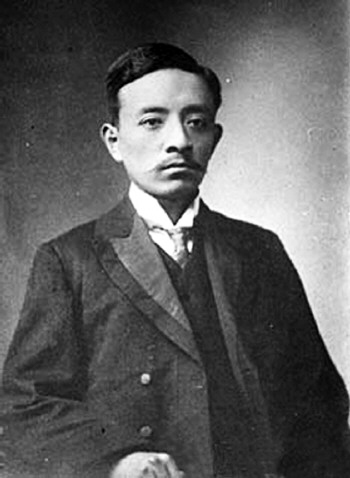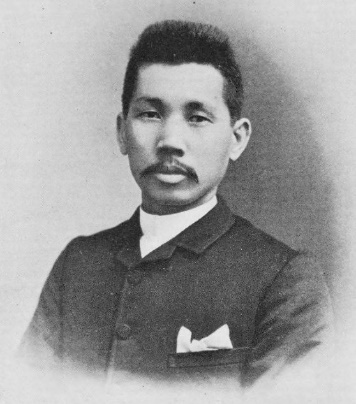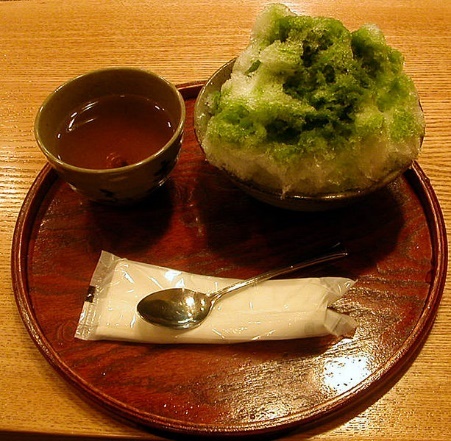
Social Relations
Japanese Ethnologists and Other Specialists
Activities
Another very important group of people with whom Bronisław Piłsudski spent time in Tokyo were Japanese anthropologists and ethnographers. This was quite obvious, given Piłsudski’s achievements in research on the peoples of Sakhalin and the Amur River estuary. All the more so because shortly after his arrival in Tokyo a note appeared in one of the newspapers about Piłsudski’s arrival, describing him as an anthropologist. The territory of Northeast Asia had been of great interest to Japanese specialists seeking to determine the origin of the people of the Japanese Archipelago. This research was accompanied by a growing “national” consciousness and it helped develop a concept of Japan’s role in the history of Asia.
In February, Piłsudski’s article titled “Russian Anthropologists” was published in the large-circulation newspaper “Tōkyō Asahi Shinbun”, and this also brought Piłsudski to the attention of Japanese scientists.
During his stay in Tokyo, he managed to hold meetings with several of them. One that deserves to be mentioned here is Shōgorō Tsuboi, considered the father of Japanese anthropology.
Piłsudski first heard about this researcher from Gennosuke Yokoyama, a journalist-reporter engaged in the trade union movement and the sociology of the underprivileged social groups. He was just returning from the university lecture given by Shōgorō Tsuboia, who was then a president of the Japanese Anthropological Society. He wanted to get in touch with Tsuboia and was familiar with his work and theory on the oldest peoples living in Japan, which reflected some points of convergence with Ainu legends. Piłsudski referred to Tsuboia’s work later in his text on the indigenous peoples of Sakhalin (1909). However, it is not certain that the meeting actually took place.
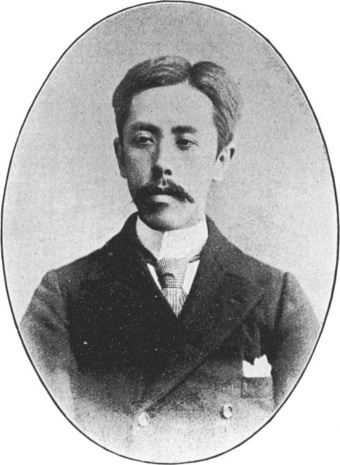
Accidentally, it was Tsuboi who in 1903 supervised the exposition of the so-called Humankind Pavilion (Jinruikan) at the Osaka National Exhibition, which became infamous as a “human zoo” that showed “uncivilized” types, including representatives of the peoples of Taiwan, Korea, and Okinawa, as well as the Ainu people. One of the Ainus at the exhibition was Shpanram Nakamura who, left without money, attempted to return to his home village in Hokkaido and became stuck in Hakodate. Piłsudski helped him a lot at that time by feeding him and giving him money for the trip; this earned him the lifelong friendship of the Ainu people of Shpanram’s village, Shiraoi, which became the base for the research mission carried out by Piłsudski and Wacław Sieroszewski in 1903. The photograph probably shows Shpanram Nakamura.
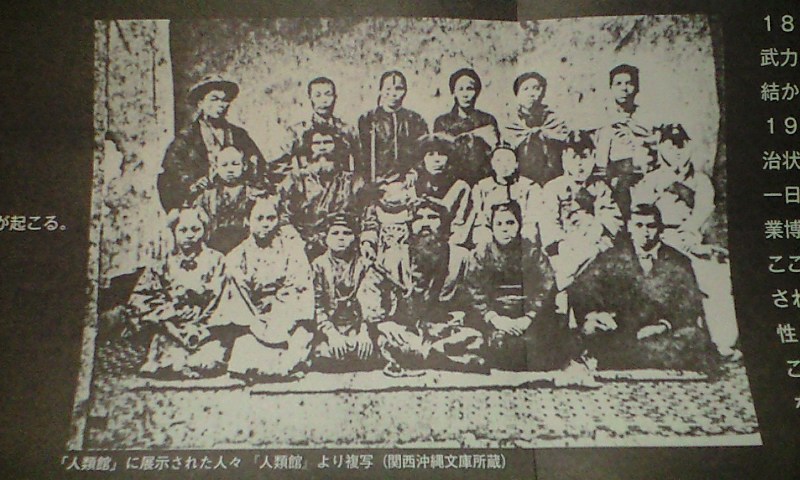
Ryūzō Torii
Ryūzō Torii was the Japanese anthropologist with whom Piłsudski became most close, and he was also a student of Tsuboia. At the time, he taught at the technology department of Imperial University (now Tokyo University). It was thanks to him that the article announcing the arrival of a “Russian anthropologist” – Piłsudski – to Japan’s capital was published in the Tokyo “Asahi Shinbun” daily on February 8, 1906.
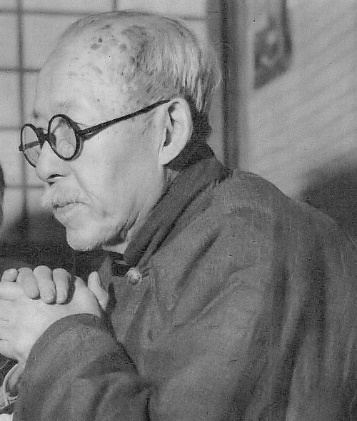
Torii became famous for his research on the Ainu people of the Kurile Islands (whose language significantly differs from that of the Ainus of Sakhalin and Hokkaido), the results of which he presented in the article “Les Aïnous des Kouriles” in 1919; however, Piłsudski probably became familiar with the text in its earlier form, as Torii published a book on this topic in Japanese in 1903. Interestingly, Torii combined anthropological and archaeological research, and based on this he concluded that the oldest ethnic group living in Japan, which was identified with the so-called jōmon culture, was just the Ainu people. In addition, Torii is considered to be a pioneer of photography in anthropology, and a massive collection of photographs taken by him has been preserved. The combination of photography, studies of archaeological artifacts, and ethnographic observation must have brought Pilsudski and Torii together. Torii is known to have been taking Piłsudski with him on exploratory trips around Tokyo during which they both collected various items.
For example, they visited the area around Nishigahara Mound near Tokyo, where a “shell hill” (kaizuka) – an archaic garbage dump – was unearthed, among which they both excavated pieces of artifacts they found interesting. We know that Piłsudski found and described two stone axes from the Neolithic period in Sakhalin.
Piłsudski also befriended Torii’s wife Kimiko who was a great expert in the Mongolian language, and was helping her husband with his research in Mongolia; he even escorted her to the train when she was leaving Tokyo to meet her husband on a research expedition.
Kotora Jinbo
Another Bronisław Piłsudski’s Japanese acquaintance was Kotora Jinbo, a future professor of university, geologist and mineralogist, an expert on the territories of Hokkaido and Sakhalin (Karafuto), and which is very interesting – an expert in the Ainu language, able to hold discussions in this language. Jinbo corresponded with Piłsudski and sent him his photograph.
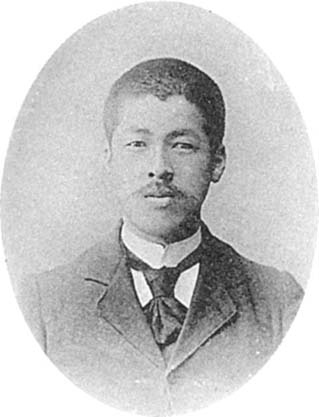
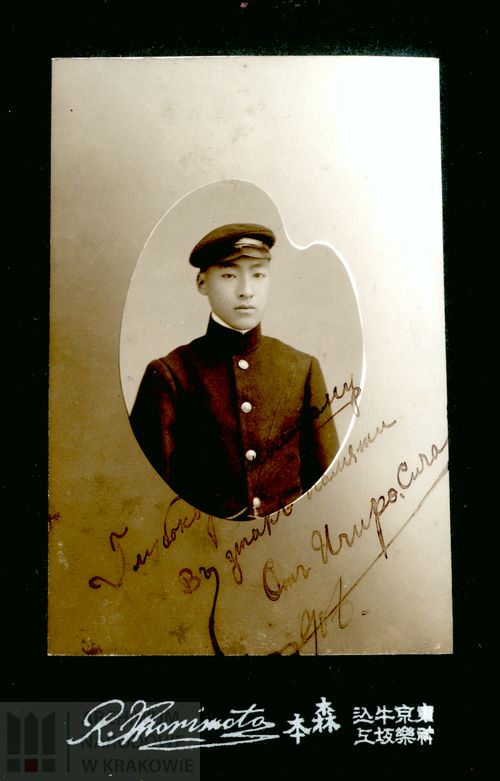

Murao Motonaga
Another person Piłsudski met in Tokyo was a researcher of the island of Hokkaido, an engineer involved in the development of the fishing industry who studied the history of the Ainu people, and published a paper on this subject in 1892. For many years Murao Motonaga studied the conditions for the development of fisheries around Hokkaido while living in Hakodate; for some time, he stayed in Vladivostok. He worked as a senior official in Hokkaido, but at the end of his short life, Motonaga returned to Tokyo. Then he probably met Piłsudski who certainly had many topics to discuss with the Japanese researcher.

